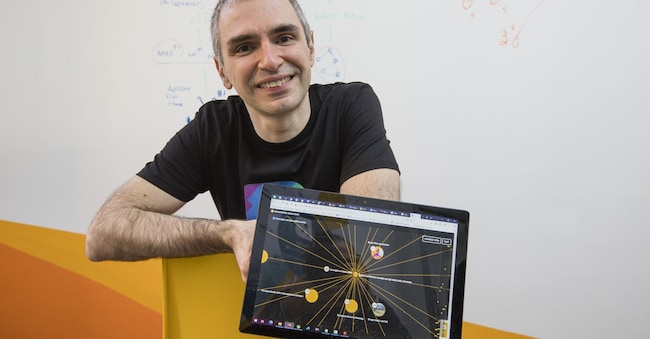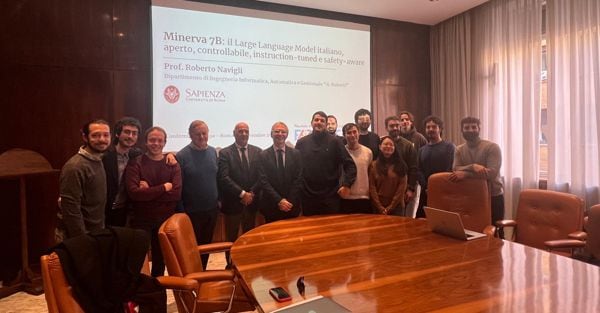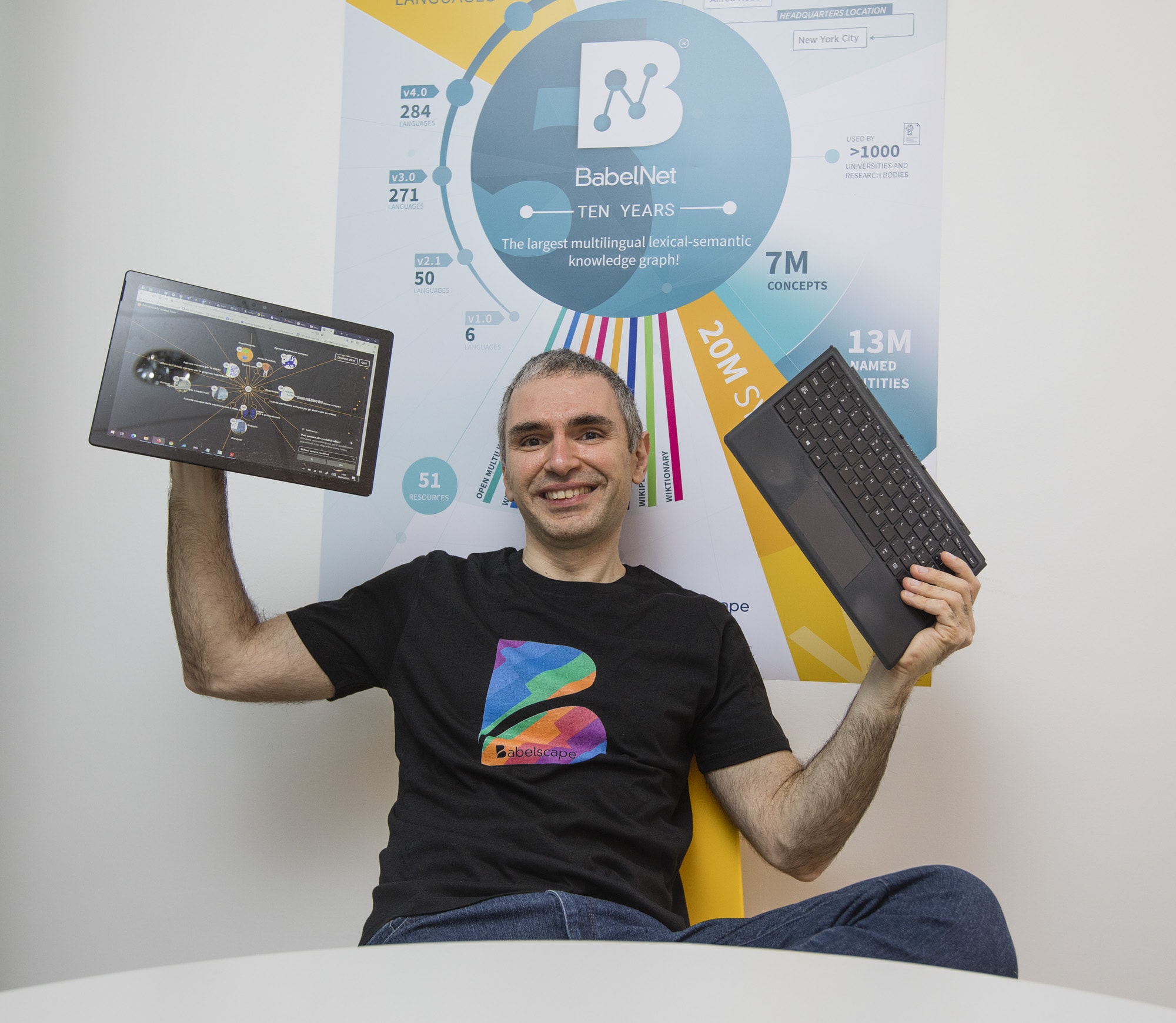The Association for Computational Linguistics' World Conference kicks off. Navigli: "Here are the next challenges for AI."


In the world of artificial intelligence, new developments follow one another at a rapid pace, and the depth of these innovations is so profound that it challenges observers' ability to interpret them. The relationship between scientific research and industrial applications is extremely close. And all recent progress has stemmed from research into language processing. For these reasons, the annual world conference of the Association for Computational Linguistics is an event not to be missed. It brings together more than six thousand researchers from around the world: they present their discoveries, which could become cutting-edge technologies. This year, Roberto Navigli, professor of Natural Language Processing at Sapienza University in Rome , has been chosen to chair the conference. Navigli has been working on planning the event for a year, and his guidance is invaluable in understanding the most promising research lines, the biggest problems, and the strongest hopes.

"A first observation is in order," says Navigli. "Considering the first authors of the papers presented at the conference, last year, 31% were Chinese and 29% were American. This year, 50% are Chinese and 14% are American." Why? Two hypotheses. The first is that the Chinese are investing increasingly in training young researchers, while the Americans are investing more in technology. The second, perhaps more interesting, is that American researchers are increasingly finding themselves working in corporate settings where scientific publications are not a priority. Many companies, in fact, prefer to keep their research confidential to safeguard their competitive advantage.
Moreover, the grand propaganda narratives pushed by mega-companies that have captured global attention with their products, starting in November 2022 with the release of OpenAI's ChatGPT, can give the impression that everything is effectively already decided. If you follow those narratives, you're convinced that whoever has the most money to buy computing power is destined to win the race to build artificial intelligence close to human cognitive capabilities. In reality, the process will not be linear. And in all likelihood, great scientific leaps will be required. Which means the outcomes are uncertain.
The conference will focus on the ability of models to generalize. Navigli explains: "The case of algebra is emblematic. Current models are able to perform calculations because they learn from a vast amount of previously processed examples, but they lack a true understanding of the underlying mathematics and its principles. In other words, they are fantastic 'stochastic parrots' that cannot generalize to perform calculations they have never encountered before." And Navigli specifies: "These models cannot reason like humans; they are unable to abstract or learn from experience. They simply make extremely powerful correlations between large volumes of data and reprocess them effectively." The ability to generalize, in fact, will require significant scientific progress. This leap will be crucial to improving the reliability, robustness, and consistency of models.

There are numerous other frontiers. Physical artificial intelligence, which can make decisions based on data streams that aren't limited to language but come from sensors, cameras, and radar, to guide robots or self-driving cars, requires significant scientific leaps. "This is the issue of multimodal models. Models that can construct a three-dimensional representation of reality and make decisions in space. There's a long way to go here." Similarly, successfully addressing the issue of hallucinations remains difficult: "These models have an uncontrollable tendency to respond to everything. They can't say 'I don't know.' It's a problem with no easy solution in sight." Navigli then adds that he wanted to reintroduce a specific focus on industrial artificial intelligence and new scientific proposals from companies. "From this perspective, Europe is demonstrating a very different approach from the American one," says Navigli. Who, with his team at Sapienza University, created Minerva: "It's the first model trained in Italian and conceived with a European spirit in mind: Minerva is an open model and will always remain so; it doesn't consume much power, and it's transparent about the data it uses. This way, it can be easily adapted: you can modify it by changing the data, adding new data, or removing some." This approach also makes it faster and more reliable. The road is still long for European models, but it's open.
News and insights on political, economic, and financial events.
Sign upilsole24ore





